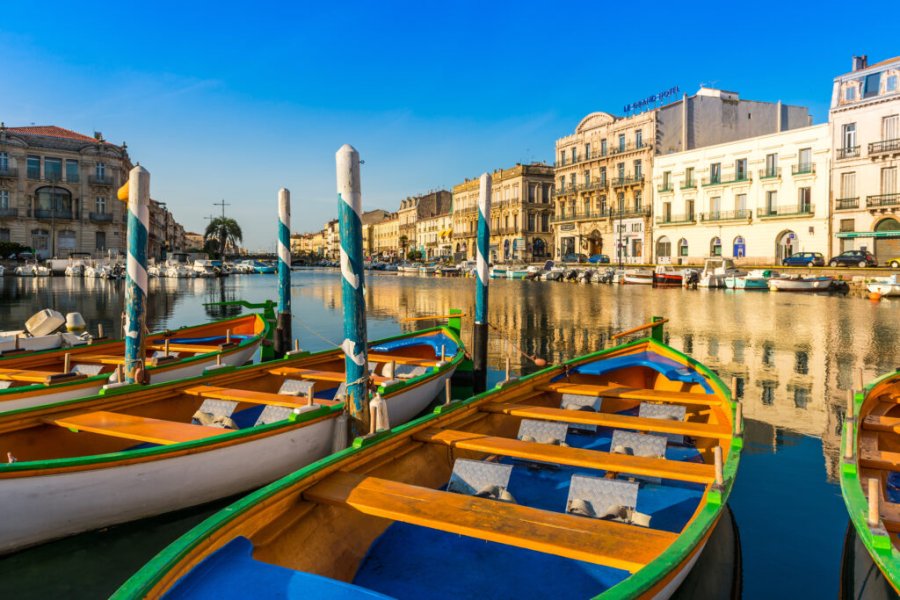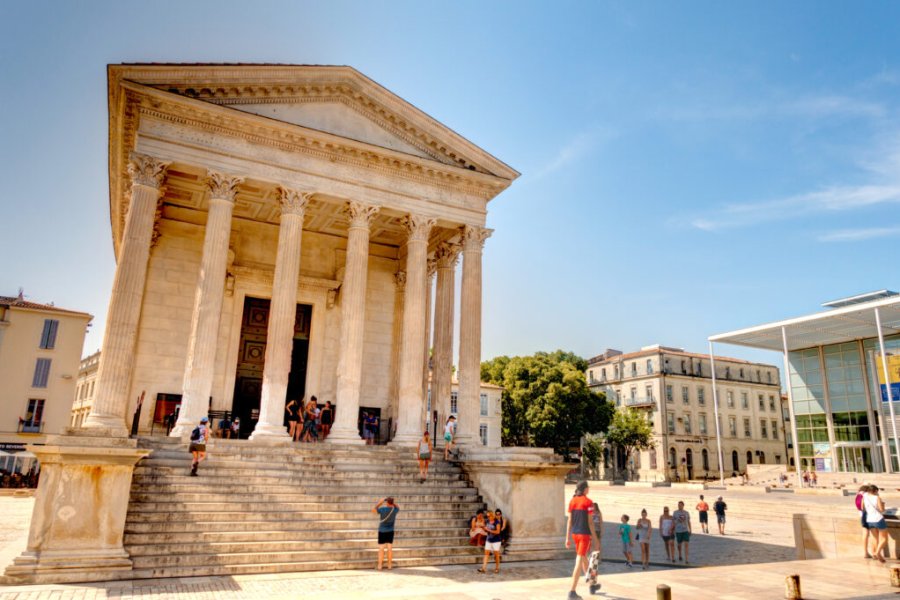Travel Guide Bahias De Huatulco
Find an accommodation
Advertising
Huatulco is a young seaside resort located about 50 km south of Pochutla. It was created in the middle of the 80's, under the impulse of FONATUR, the national fund of tourism development, where there were only a few fishermen's huts, in the bay of Santa Cruz. Its nine magnificent bays and 36 beaches stretch over 35 km. Some of its beaches are ecological reserves that are not easily accessible by road. To enjoy them, you must visit the bays by sea. Here you can snorkel, dive, raft, play golf on one of the most expensive courses in the world, hike, ride a horse, bike or quad bike; bird watching is also very popular with North Americans who spend part of the winter here. The landscape is green for six months of the year and coffee-coloured, i.e. dry, for the other six months. It goes from a humid climate at 35°C to a dry climate that can exceed 40°C from January to June.Huatulco is a very cool seaside resort, where modest families as well as others very well-to-do possessing luxurious villas mix. This mix and this provincial side are also what make its charm. Huatulco is recommended to families with children, to nature lovers and to sportsmen. Although it is a young resort, it does not suffer from the excess of concrete of Cancún and Acapulco. Here, the federal authorities take care of things: the numerous beaches where you can swim do not suffer from imposing constructions, the small restaurants being built at a good distance from the shore; the central beach of Chahue is certified Blue Flag for its cleanliness and its constant surveillance by lifeguards (they even install protective ribbons to indicate the places where turtles have come to lay their eggs!); a Ramsar site and a Unesco biosphere reserve, Huatulco is also certified by the very demanding Australian NGO Earth Check, whose criteria are both environmental (water treatment and recycling, energy sources, carbon footprint, etc.) and social (involvement of the resident community, inclusion of all, education and awareness, etc.). In Huatulco, 90% of the electricity comes from wind power from the Isthmus of Tehuantepec, the remaining 10% being hydroelectric. Local projects, led by the Parque Nacional Bahías de Huatulco and local associations, tackle the trafficking of birds, care for them and release them in the parks of the city centre. It is therefore a tourist destination where there are also large hotels (relatively few), but they try to maintain a zero carbon footprint by offsetting emissions through funding reforestation projects in Chiapas
What to visit Bahias De Huatulco?
Advertising
Weather at the moment
Advertising
Organize your trip with our partners Bahias De Huatulco
Transportation
Book your plane tickets
Car Rental
Boat rental
Accommodation & stays
Find a hotel
Holiday rental
Find your campsite
Tailor-made trip
Immersion travel
Services / On site
Activities & visits
Find a doctor
Find unique Stay Offers with our Partners
Pictures and images Bahias De Huatulco
There are currently no photos for this destination.












